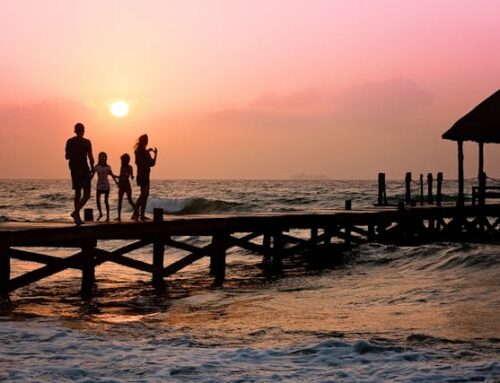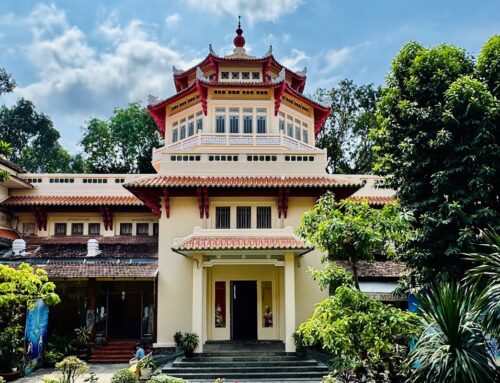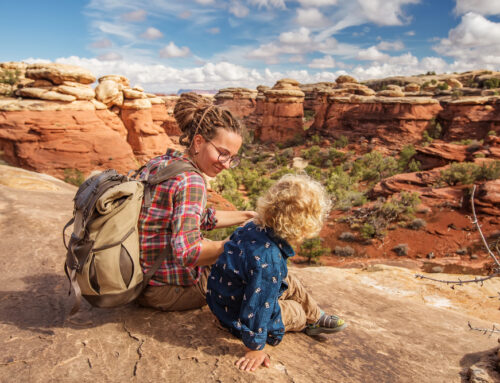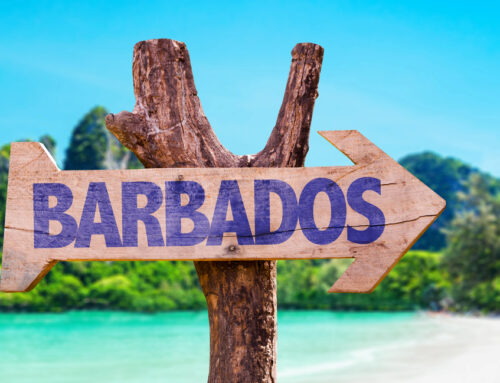Top Tips for Trekking in Nepal
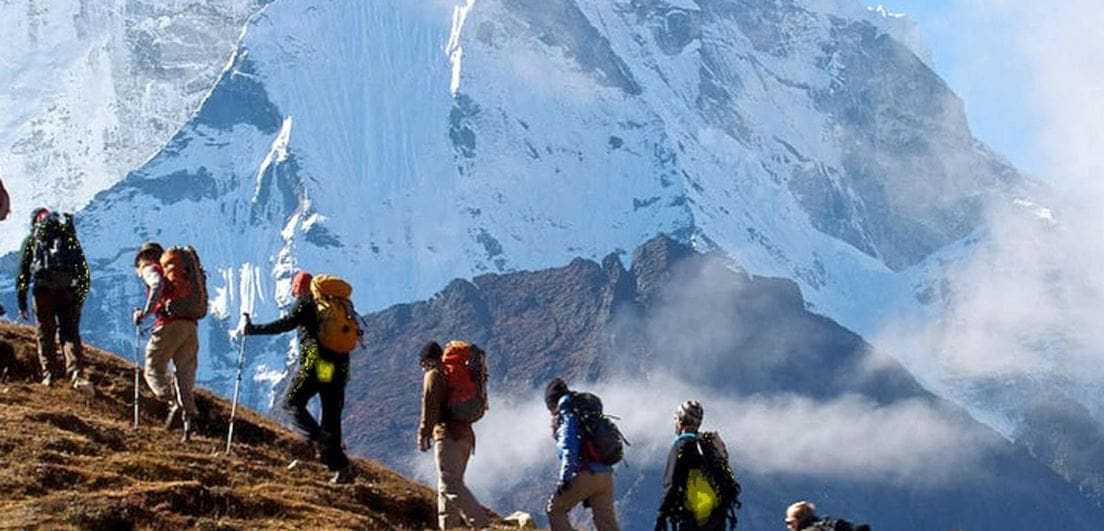
Tips To Know Before Trekking in Nepal
Some of the highest and most beautiful summits in the world are found in Nepal. Many of these summits are only accessible on foot. Trekking in Nepal can be one of the more unique experiences in Asia. A trek in Nepal can be enjoyed by those of varied ages and capabilities, without the use of specialized equipment.

With trekking being the most popular activity in Nepal, any extra gear or guidance you desire can be found along the way and in the streets of Kathmandu and in Pokhara, the trekking hub. Some picture a trek to be roaming around in the wilderness alone in uncharted areas, but here it is quite the opposite. Trekking in Nepal involves walking along sloping, well marked, manmade trails populated with friendly local villagers and fellow trekkers. There are particularly steep areas of the trek but you aren’t rushed and there are villages and teahouses along the way to stop and rest. The Nepalese culture is very strong and they are unreserved in their friendliness. This friendliness is apparent as one treks the hills and mountains in Nepal.
The best seasons for trekking in Nepal are during the pre-monsoon (March-June) and post-monsoon (September-November) periods. During these times, the temperature is nice and the skies are normally clear. It is certainly possible to trek out of season; however, expect rain during the summer months and severe cold and cloudy skies during the winter months. You are also unlikely to find many trekkers during the monsoon seasons due to the weather.
Treks in Nepal are customizable based on your desires. For example, you might be interested in the mountain views, or you may want to experience village life to its fullest. Other treks are designed around health living or even daily yoga and meditation classes. By consulting with a local guide, you can find a trek in Nepal that suits your needs. Whether you decide to join an organized group, hire a guide or trek independently is a personal decision that should be based on the difficulty of the trek and your available budget. Be sure to speak with several agencies and make detailed inquiries on the cost differences.
While trekking in Nepal, you are required to have the proper paperwork on you at all times as you have to present them if the police ask. Normally, you will need a national park permit and a Trekkers Information Management System (TIMS) card. If you choose to enter restricted areas, you will need a permit for that as well. Be sure to trek legally. If you trek independently, by law, you are not allowed to take staff with you. You will need a trekking agency to employ staff for foreign trekkers. Do not hire staff or “independent guides” through hotels, unless they have a Trekking Agent license or offer this service through an associated trekking agent.
Treks in Nepal are suitable for a wide range of experience and physical fitness. For the most part, if you can walk uphill and downhill for a few hours every day, you can find a suitable trek in Nepal. For example, if you hire a guide and use the teahouses as your accommodations, you can be reasonably fit. However, if you want to climb mountain peaks, you will need to be in excellent physical condition.
While trekking in Nepal, you want to be sure to research the type of accommodation available on your trek before embarking. Teahouses are small lodges located within settlements and at various points along the trail. They offer basic accommodations and simple local fare to eat. Normally, bedrooms are not heated, so be sure to bring a sleeping bag. You can also camp almost anywhere in the country. Camping treks can also be fully organized and guided who may or may not be Sherpas.
When it comes to trekking in Nepal, taking less is better. You can buy or rent everything you need while on the trail, although it is better to wear footwear that is already broken in. You will need a sleeping bag, a daypack with clothes for all weather types and a first aid kit. You will also need water purification tablets so that you won’t need to buy plastic bottles. The main two options for trekkers are to use the safe drinking water stations along the trek for a small fee or bring your own water purifiers. Use treated water for drinking and for brushing your teeth. Maps are easy to find in Nepal; however, they may not be fully accurate. You will also want to purchase trekking insurance to help with costs in case you do get sick or injured on the trail.
Be sure to read up extensively on altitude sickness. Make sure you are familiar with the symptoms and do not ignore them. You should make sure you keep a conservative ascent schedule while trekking in Nepal and drink plenty of foods. If anyone in your group starts to show signs of altitude sickness, do not ascend any further. If they do not improve then descend to a lower altitude. You can also carry some Diamox (acetazolamide) pills to help to increase the amount of oxygen in your blood. Diamox forces the kidneys to excrete bicarbonate in the urine, therefore making the blood more acidic, which stimulates breathing, increasing the amount of oxygen in the blood. It’s not an immediate fix but it will help to relieve the symptoms of altitude sickness.



